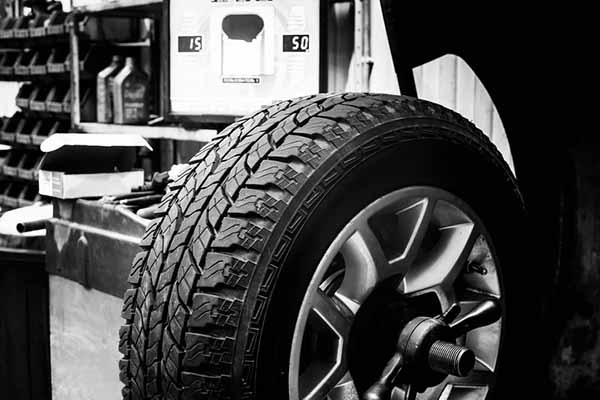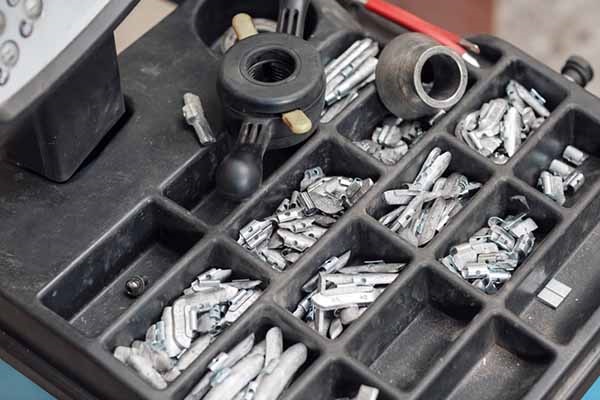4 Things to Know About Tire Balancing if You’re Interested in Careers in the Auto Industry

Comfort is often one of the most important aspects drivers consider when choosing a vehicle, so maintaining it is therefore a top priority too. Feeling vibrations coming from the steering wheel is often not the most comfortable of experiences, and is also sometimes a sign that tire balancing needs to take place.
This is a common problem for drivers, making it an important one to recognize. It must also be relayed to customers that balancing tires is about more than just comfort. Wear on the tire tread decreases grip on the road surface, thus making driving more dangerous. Balanced tires offer a much smoother ride, and will also save a customer money by improving fuel consumption and by helping to maintain tires longer.
Here are four things you should note about tire balancing if you’re interested in working as an auto mechanic.
1. How Unbalanced Tires Can Be Felt While Driving
The vibration felt while driving is due to a shift in the weights lodged on the inside of the car’s wheels. These weights are initially evenly distributed, but can eventually lead to the feeling of a ‘hop’ if the weights are clumped together, or ‘wobbling’ if displaced horizontally on the tire.
Tire balancing is usually required if the shake is felt when accelerating or decelerating the vehicle. If a customer notices the vibration in the steering wheel, it’s usually a sign that the front tires are imbalanced. As grads of mechanic courses know, problems with the rear tires are usually noticeable due to a tremor in the seat or floor.
2. Other Signs of a Tire Balancing Issue
Sudden braking can cause bald spots, which create inconsistent connection with the road surface. This can eventually lead to tires becoming unbalanced, so examining the tread on tires can help to illuminate the problem.
It’s vital to spot whether there is uneven wear on the tires. Differences in the weight of the individual tires will lead to a tire balancing issue, and will prompt more regular visits to the garage if it isn’t fixed.
3. How Does an Automotive Course Help Mechanics Solve the Problem?
As grads of an automotive course know, a special wheel balancing machine is used to spin the problematic tire(s) at high speed. This determines where the imbalance is on the tire, and how much weight needs to be attached.
Technicians will then hammer a small weight to the rim of the wheel in order to correct the weight distribution of the overall tire. It’s vital that the weight is tightly secured to the rim, so it doesn’t detach when driving at high speed.

4. How Often Should Customers Get Their Tires Balanced?
The exact time when rebalancing will be necessary depends on the car in question. However, tire balancing is generally recommended every 8,000-12,800 kilometres. Drivers are urged to carry it out at least once every two years and once per year if the vehicle is regularly used on rough roads. Needless to say, if vibrations are felt while driving, then they should bring their car in for a checkup straight away.
Are you interested in working with cars?
Check out how Automotive Training Centres can get you prepared for careers in the auto industry.

